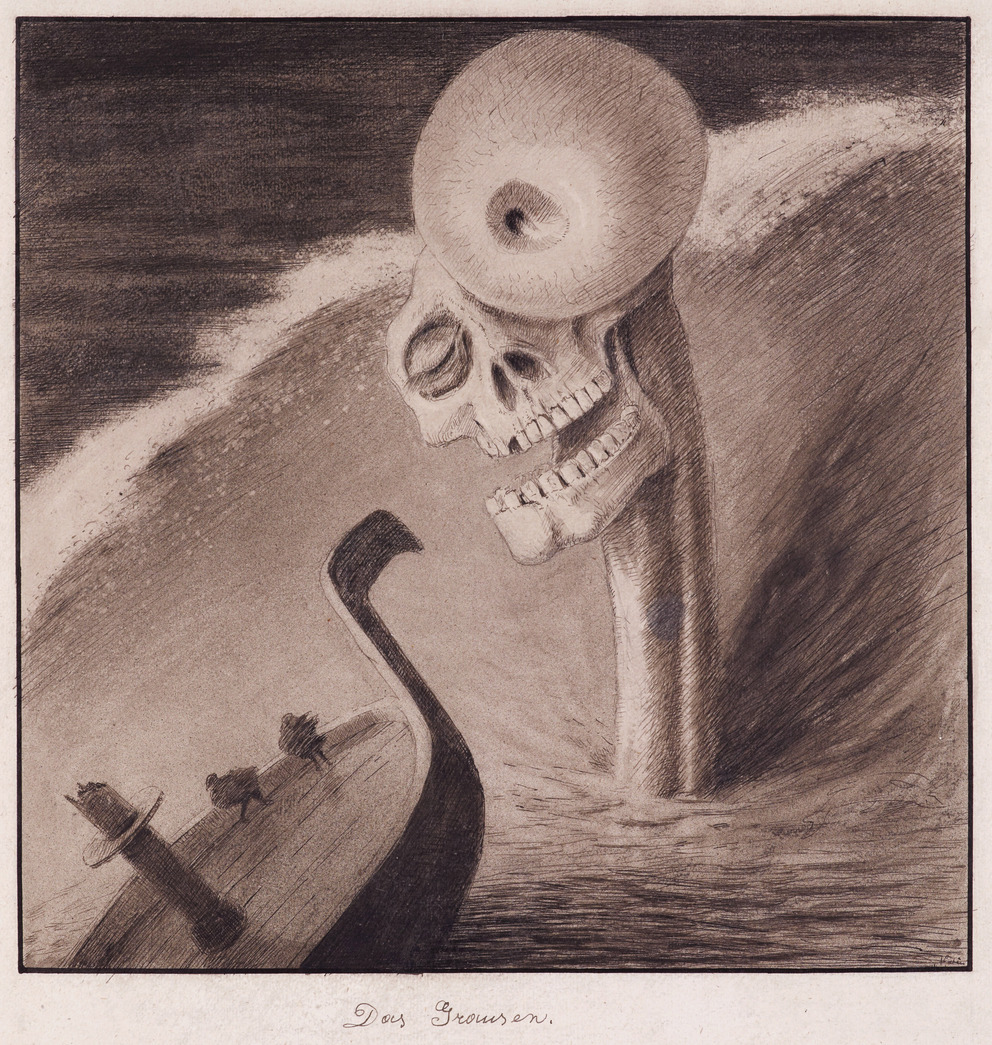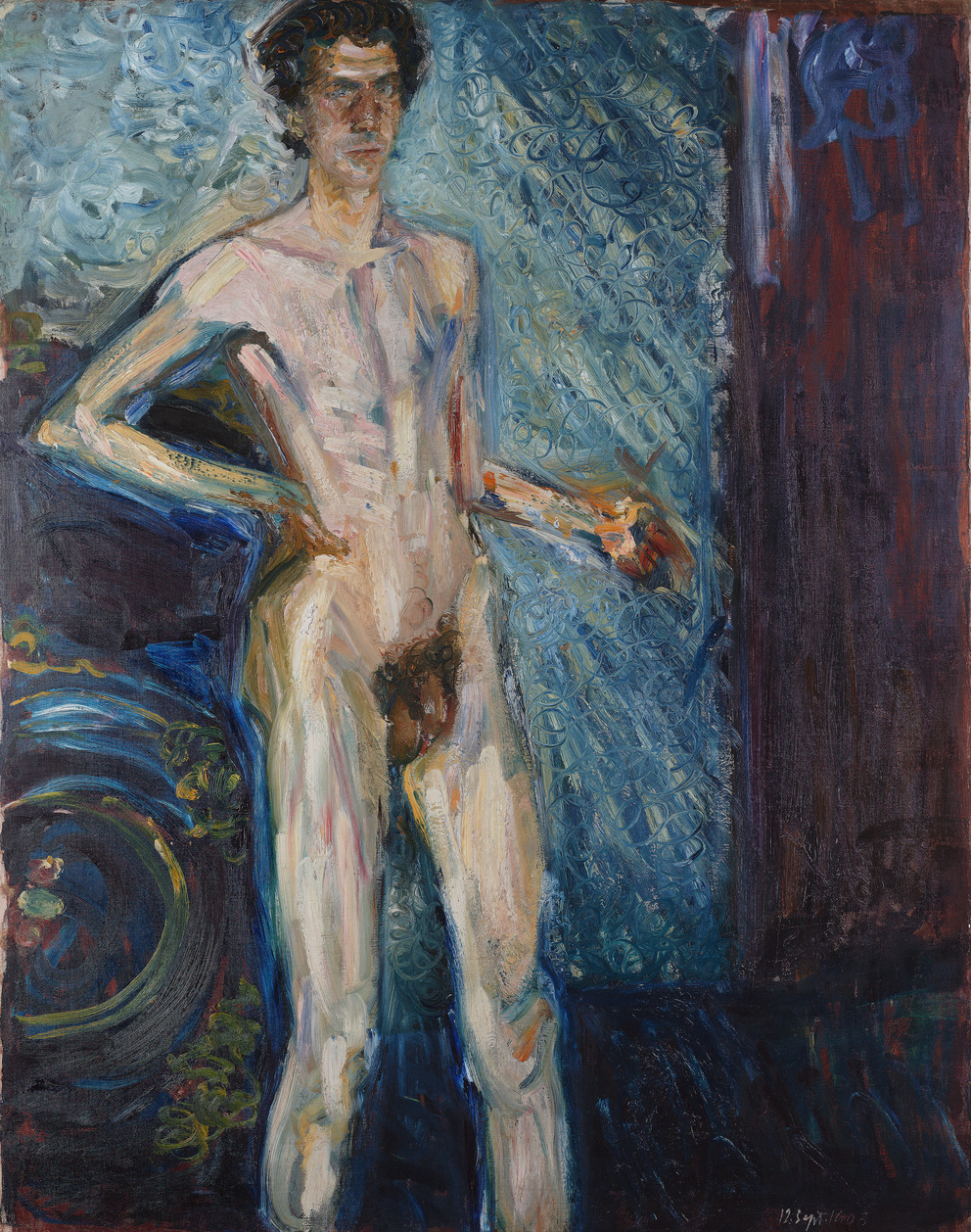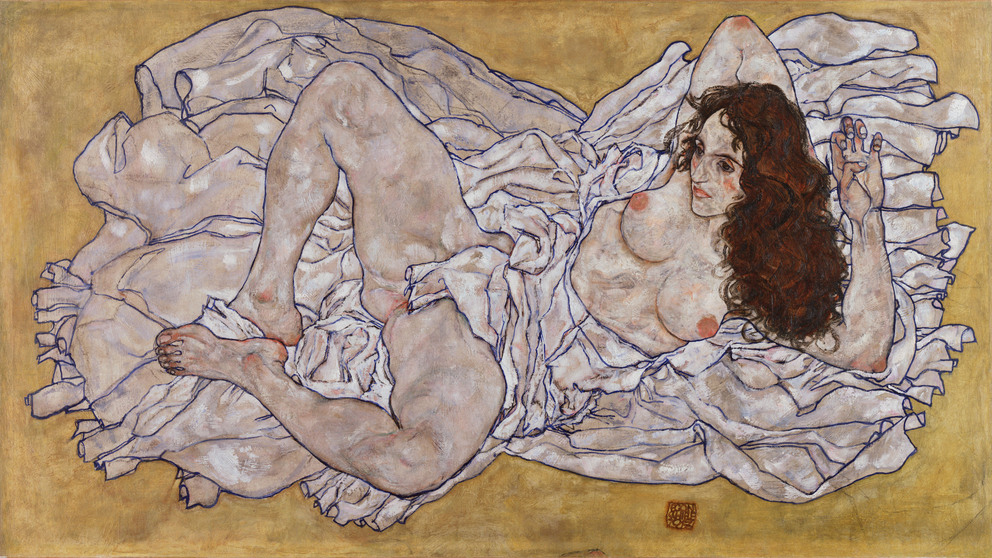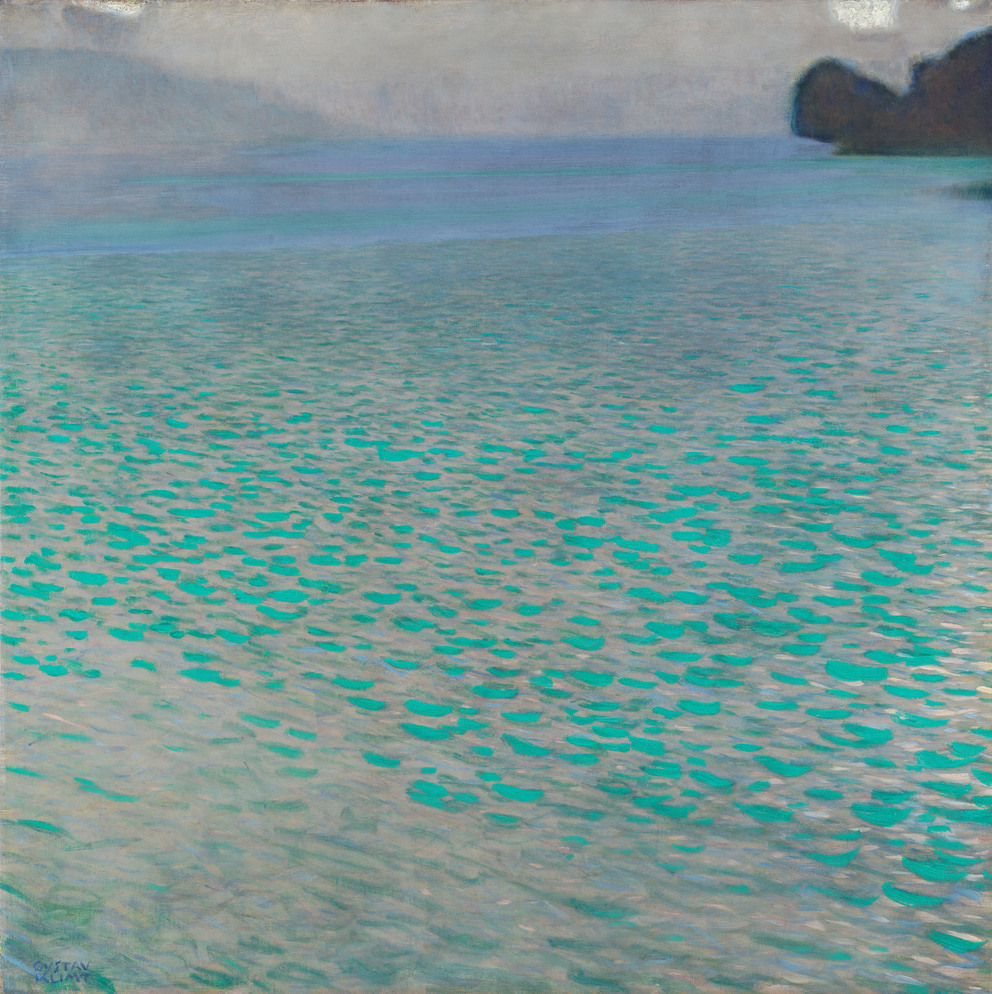The Highlights
The Highlights of the Museum
The collection of the Leopold Museum – which consists of paintings, drawings, printed graphic works, sculptures, photographs and objects of applied art (jewelry, ceramics, glass and leather works, items of furniture etc.) – currently comprises more than 8,000 exhibits from the 19th to the first third of the 20th century. This section of the Online Collection features the highlights of various genres from this period spanning approximately 100 years (1830 to 1930). Thanks to the passionate Viennese collector Rudolf Leopold, the museum houses iconic works of Austrian art from Biedermeier, Realism, the many variants of Historicism, Jugendstil and Austrian Expressionism all the way to post-Expressionism and tendencies of New Objectivity in the 1920s and 30s, as well as highlights of European Classical Modernism by Ferdinand Hodler (1853–1918), Franz von Stuck (1863–1928), Auguste Rodin (1840–1917), Gustave Courbet (1819–1877) and Wilhelm Lehmbruck (1881–1919).
Among the collection’s undisputed highlights is the world’s largest compilation of works by Egon Schiele (1890–1918), which comprises 43 paintings, more than 200 watercolors, drawings and printed graphic works as well as 64 autographs. Throughout the past years, it was further possible to compile the world’s most extensive collection of objects and archival material pertaining to Gustav Klimt (1862–1918) through long-term or permanent loans which complement the museum’s own holdings. Our collection of works by Gustav Klimt features 22 paintings, 140 drawings as well as several hundred documents (letters, postcards and archival material). Since 2019, the Leopold Museum has dedicated two exhibition rooms to the world’s most extensive permanent presentation of works by Oskar Kokoschka, featuring 15 paintings, 22 drawings and in excess of 100 printed graphic works. Seeing as the collection further comprises the world’s largest compilation of works by the first Austrian Expressionist painter Richard Gerstl (1883–1908), the Leopold Museum considers itself a center of competence on Austrian Expressionism.
Among the collection’s undisputed highlights is the world’s largest compilation of works by Egon Schiele (1890–1918), which comprises 43 paintings, more than 200 watercolors, drawings and printed graphic works as well as 64 autographs. Throughout the past years, it was further possible to compile the world’s most extensive collection of objects and archival material pertaining to Gustav Klimt (1862–1918) through long-term or permanent loans which complement the museum’s own holdings. Our collection of works by Gustav Klimt features 22 paintings, 140 drawings as well as several hundred documents (letters, postcards and archival material). Since 2019, the Leopold Museum has dedicated two exhibition rooms to the world’s most extensive permanent presentation of works by Oskar Kokoschka, featuring 15 paintings, 22 drawings and in excess of 100 printed graphic works. Seeing as the collection further comprises the world’s largest compilation of works by the first Austrian Expressionist painter Richard Gerstl (1883–1908), the Leopold Museum considers itself a center of competence on Austrian Expressionism.





